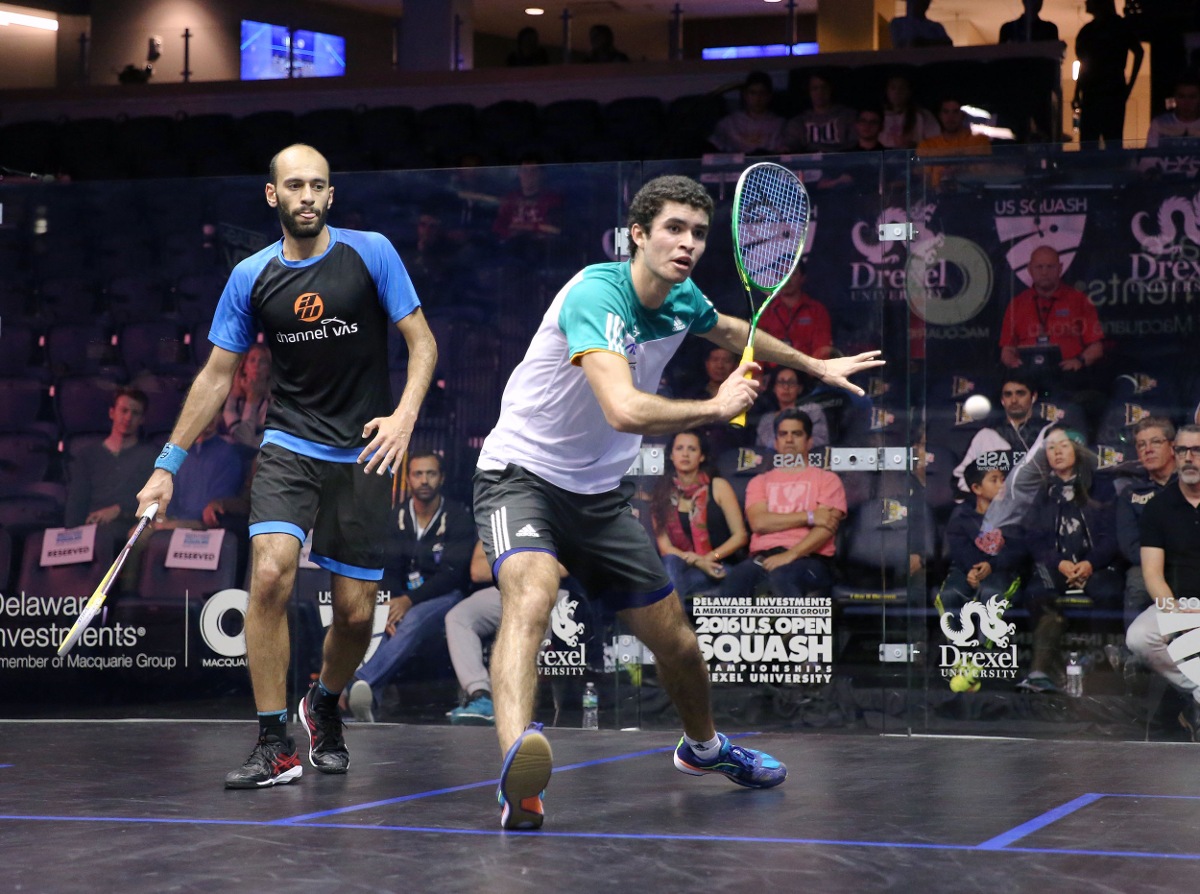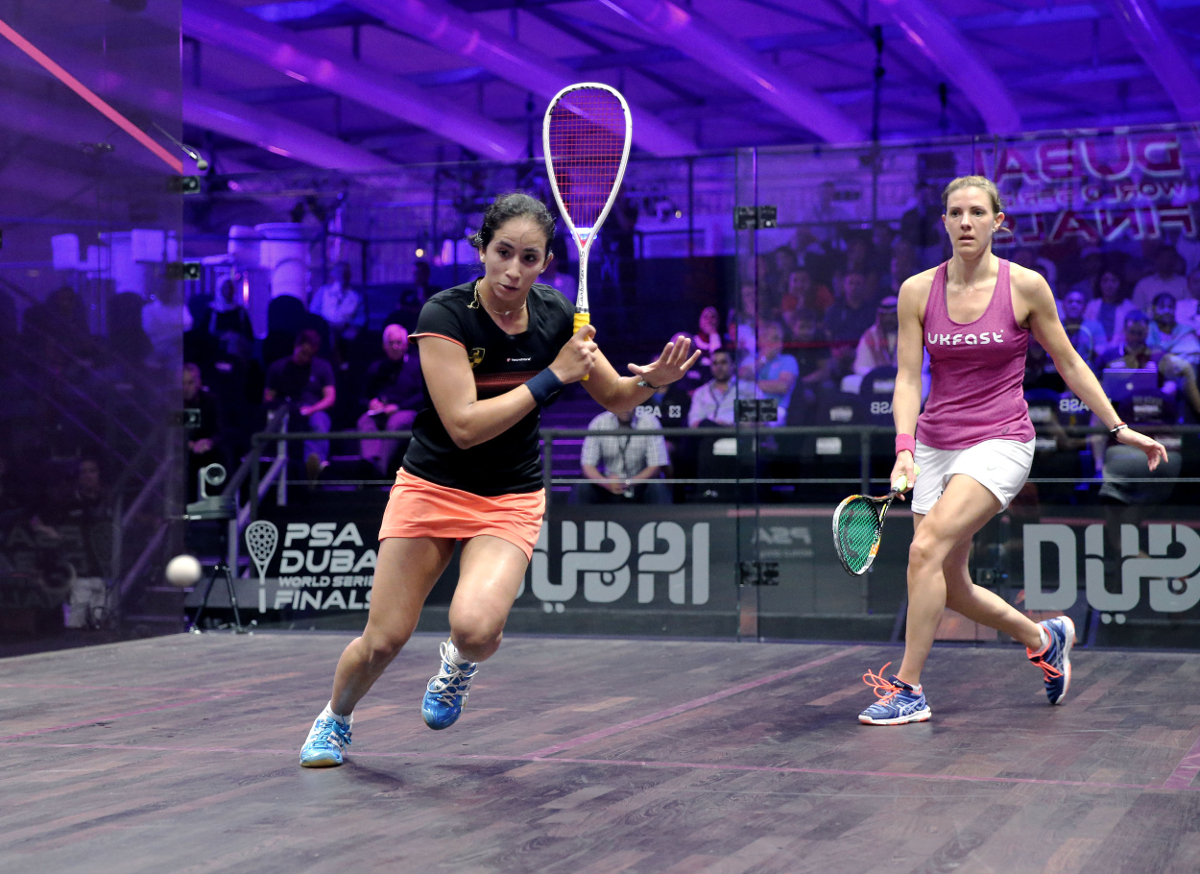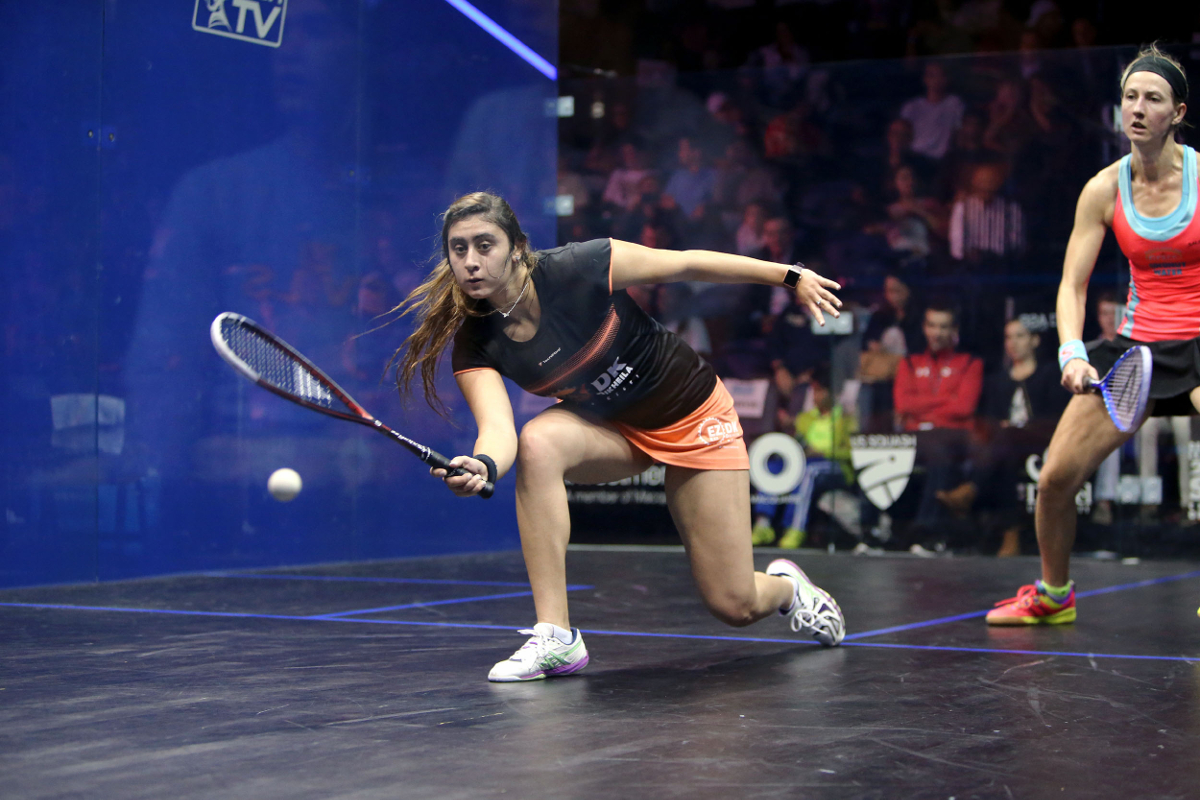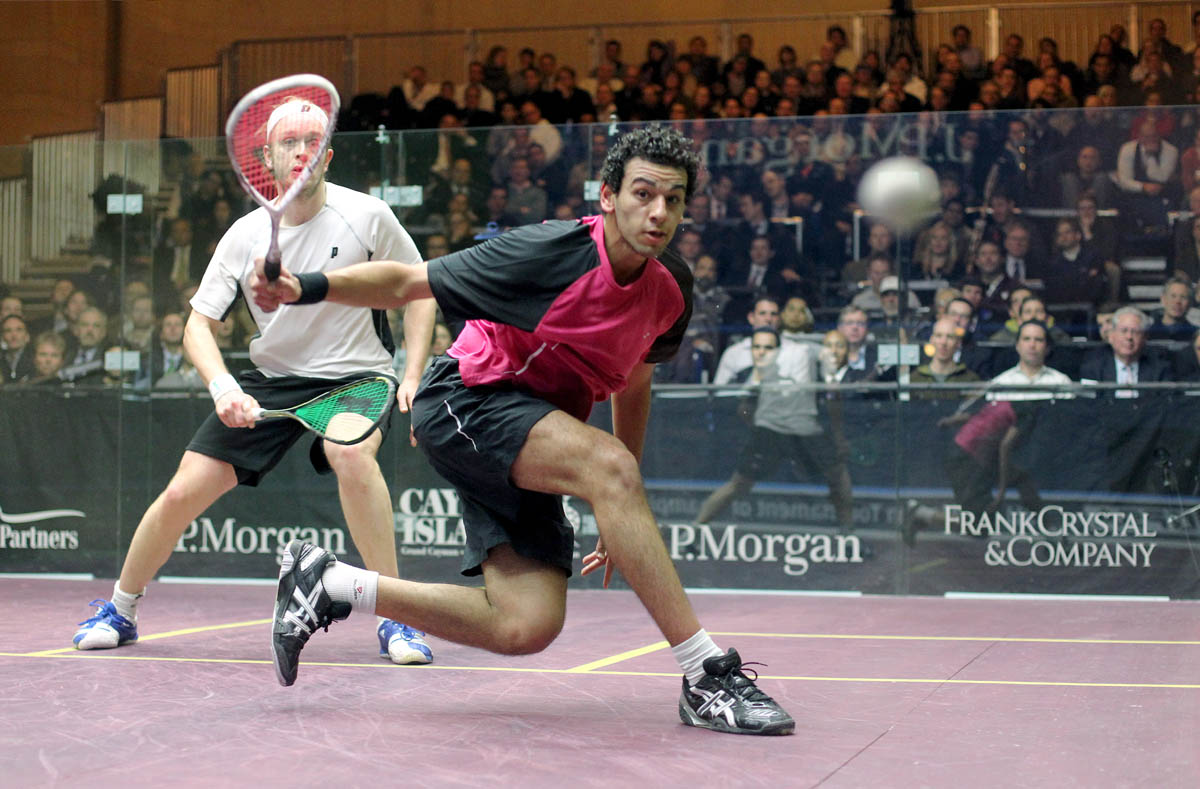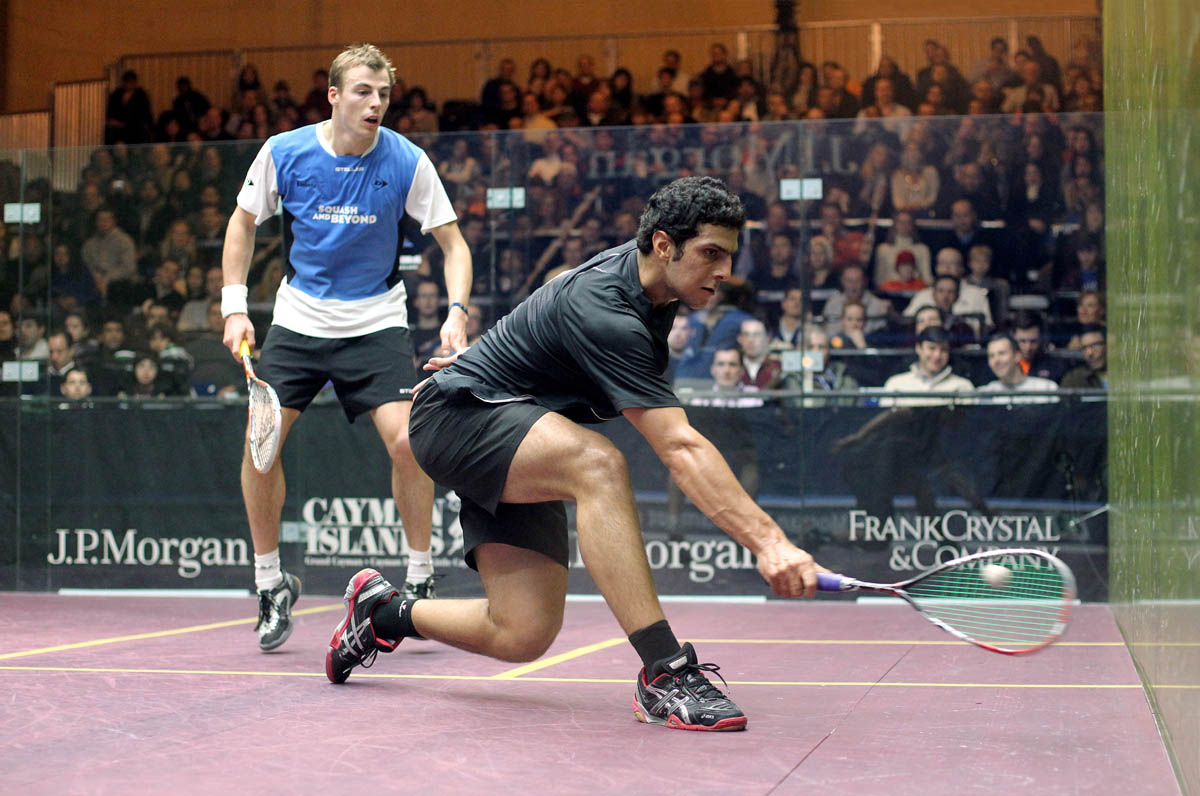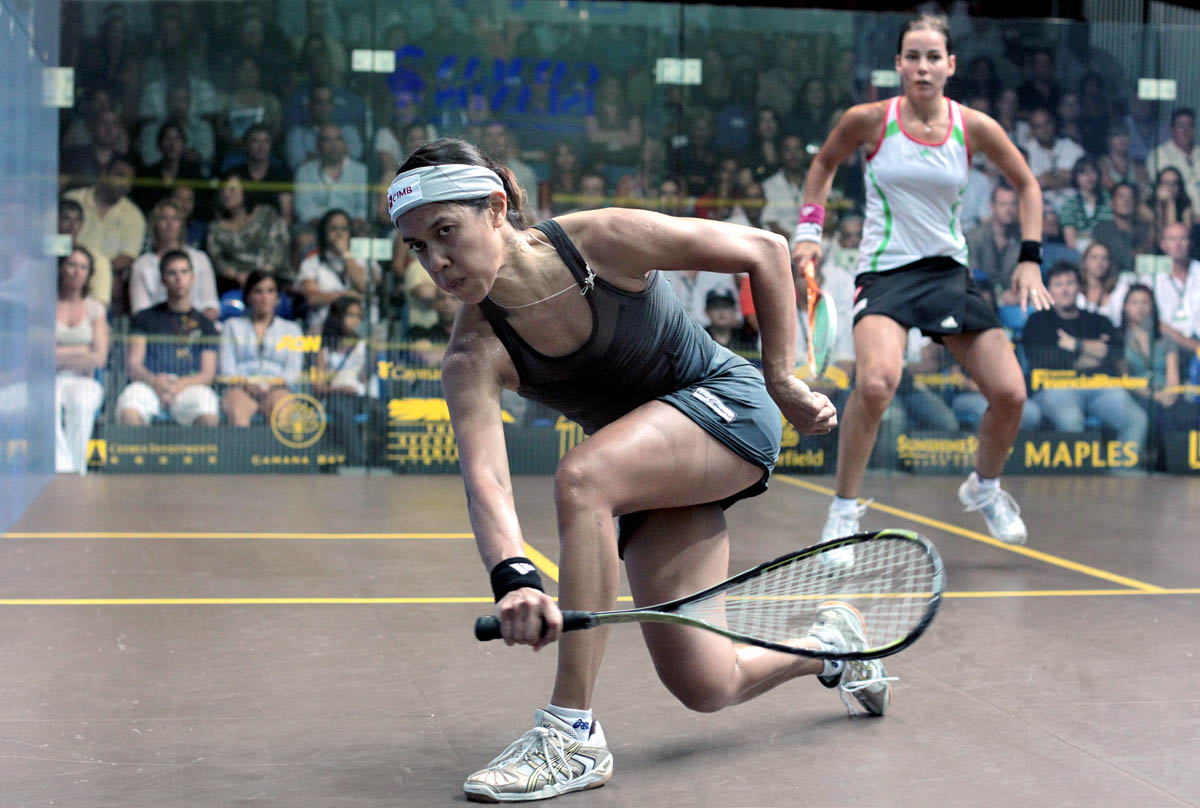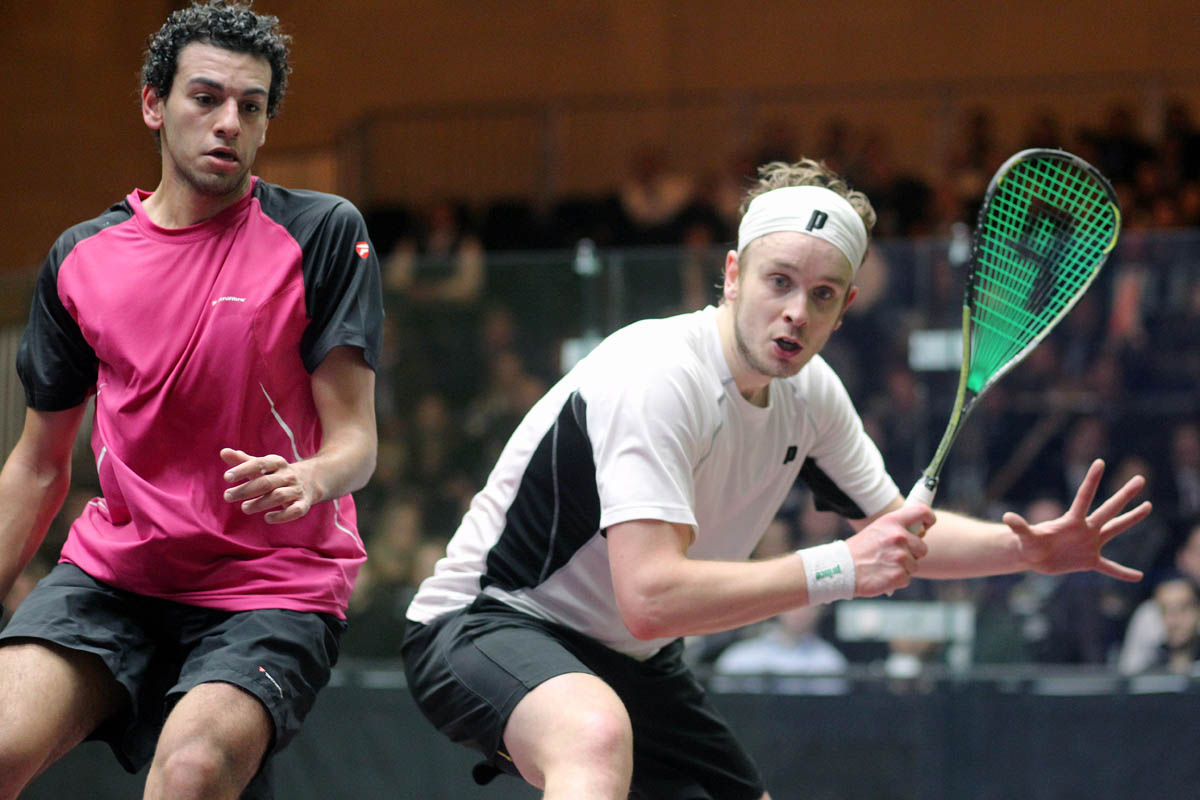The Forehand Open To Extended Plane Swing.
The Forehand Open To Extended Plane Swing presents four swing choices.
It is the basic swing which evolves from The Forehand Open Plane Swing.
Before opening the following videos, please visit Main Menu Technical.
The Forehand Open To Extended Plane Swing.
The start of the back swing also leads into The Forehand Open Plane Swing, The Forehand Open To Closed Plane Swing and The Forehand Open Plane Restricted Swing.
Fully opening the racquet face without lifting the arm encourages a very low forward swing which can also reflex forward.
The forward swing encourages the player to lob, but if required the player can play a top spin drop.
Also, when learning the swing, the player learns the importance of the step hit and step recovery.
Furthermore, as the player often stretches to the ball, the step hit and step recover become even more important.
The Clock
Unlike the forehand drop shot which has a natural contact point at approximately 4 o'clock, the lob has a natural approximate range (contact points) between 1 o'clock and 2.30 o'clock.
A diagrammatical perspective that the player uses to assist when identifying the natural contact point for The Forehand Open to Extended Plane Cross Court Lob
In this example, this perspective encompasses the ball’s approximate 2.30 o'clock time position which is the general direction of The Step Hit the player has to take and also the player’s radius distance (the hand of the clock) of the Step Hit which is needed to contact the ball.
Diagram coming....
The Forehand Open To Extended Plane Cross Court Lob The Clock Direction
The player’s required direction relevant to The General Hitting Zone is achieved by: The Clock Direction a diagrammatical perspective that the player uses to assist when identifying the direction required to move to The General Hitting Zone. Example:When the player moves forward from the T to play The Forehand Open To Extended Plane Cross Court Lob
The visualised hitting zone is between 1 o'clock and 2.30 o'clock and the player takes a 1 o'clock path to the zone
When moving to the front wall and the ball is extremely short the player often takes the 1 o'clock line of direction to the ball. However, on this occasion the ball is not too short and the player still takes the 1 o'clock path. The 2 o'clock path would have been better.
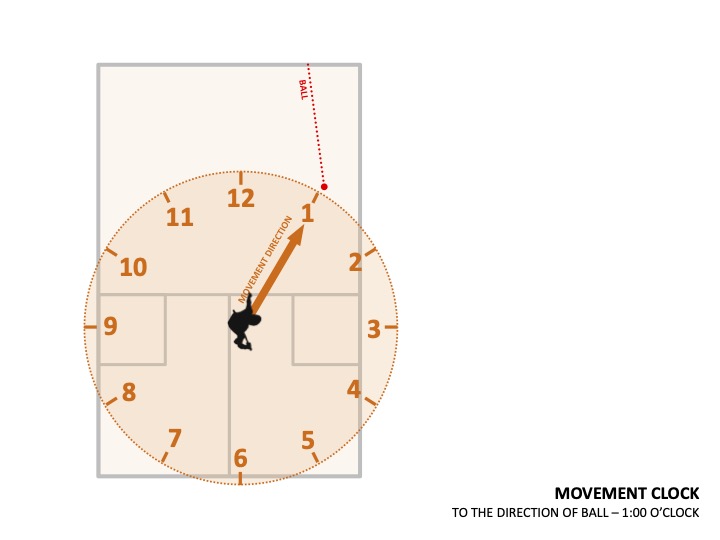
The Forehand Open To Extended Plane Cross Court Lob
The Backswing Part 1
When playing a cross court lob and extending supination past 45 degrees to between 100 to110 degrees and maintaining this angle constant encourages a natural back swing path which is very low. Consequently, this low backswing with the face supinated to between 100 to 110 degrees allows the player on the forward swing to square the racquet face on contact in a direction high on the front wall.
The Forehand Open To Extended Plane Cross Court Lob
The Forward Swing Part 2
The low forward swing allows the racquet face to square on contact in a direction high on the front wall
When playing a cross court lob from the back the player often takes a 4 o'clock line of direction to the ball
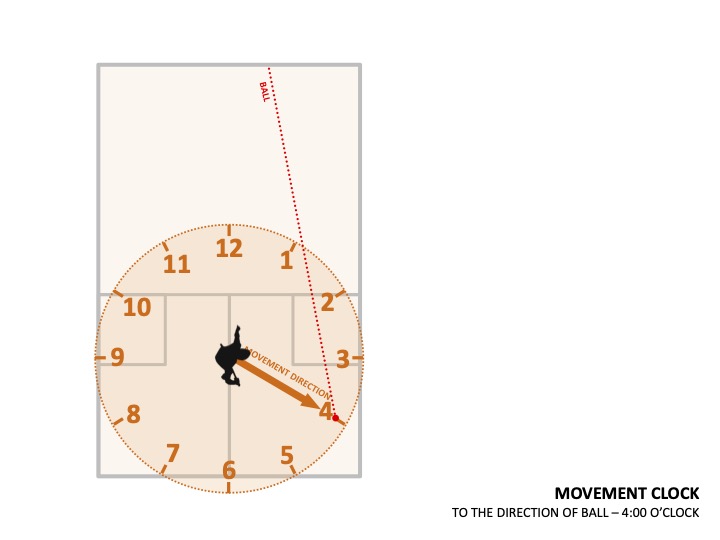
Furthermore, the player often makes contact at 2.30 o'clock
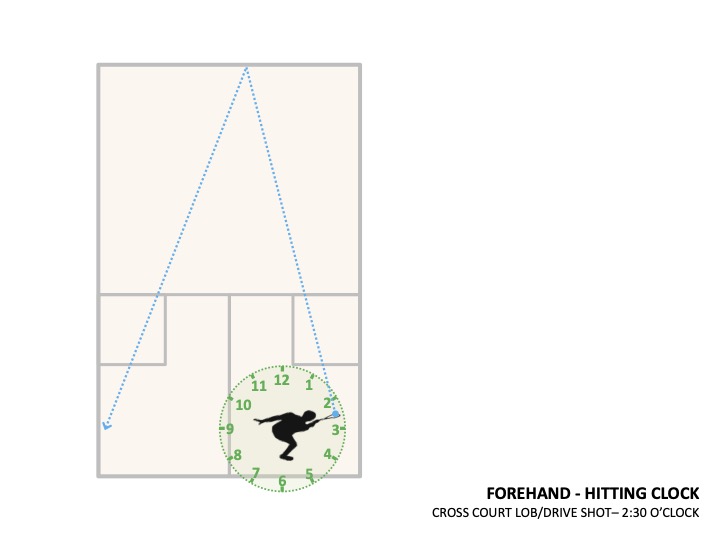
Copyright South Australia Squash Academy Michael Nash All Rights Reserved


